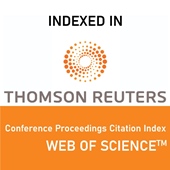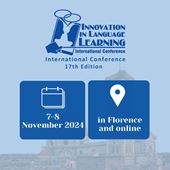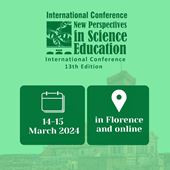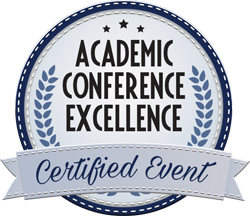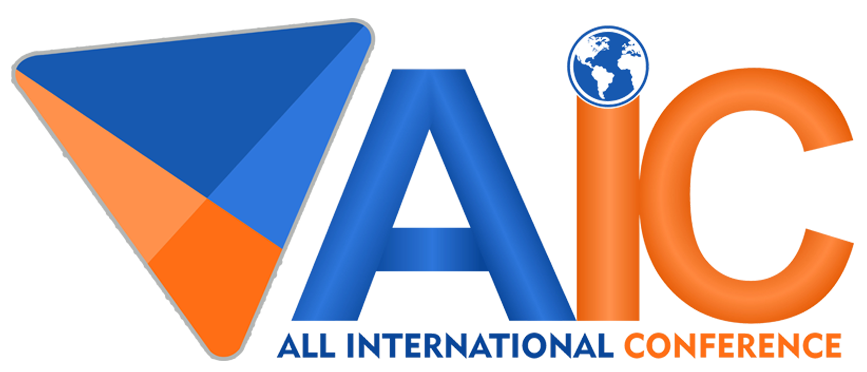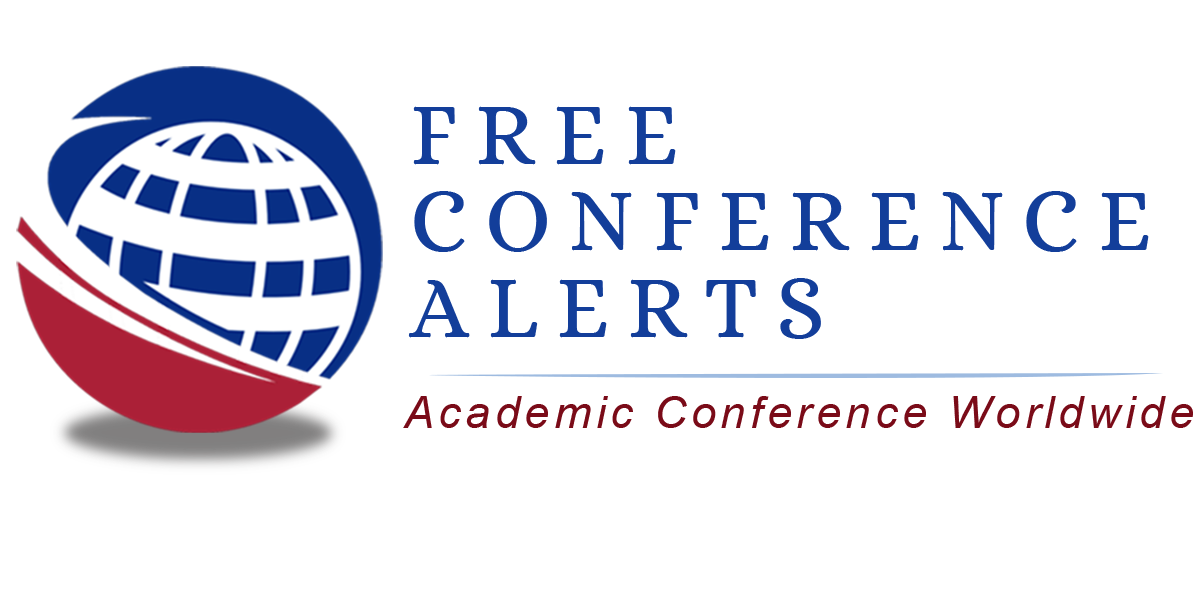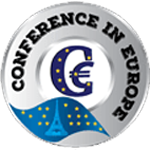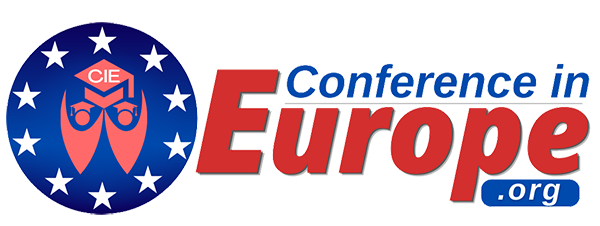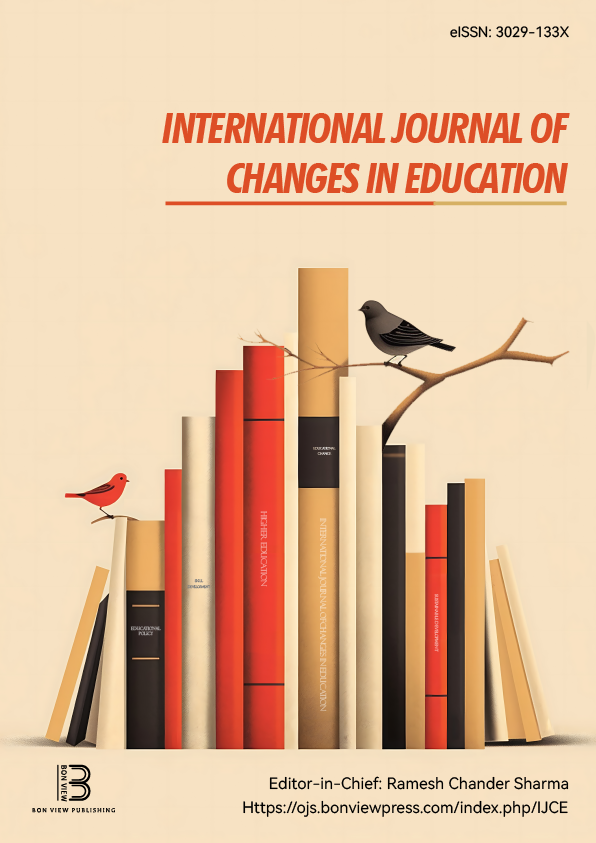Teaching Media Literacy in the EFL Classroom: a commercial project of a Taiwanese high school
Aiyu Hsieh, Department of curriculum design and human potentials development, National Dong Hwa University (Taiwan, Republic of China)
Abstract
Media plays a crucial role in understanding a target language within its cultural context, especially for non-native language learners. Media literacy, a repertoire of abilities enabling people to analyze, evaluate, and create messages in a wide variety of media modes, genres, and formats, is thus a necessary element in foreign language teaching. By applying the core concepts and five key questions proposed by Cetner for Media Literacy (CML), this paper aims to demonstrate how a high school English teacher helped the EFL students develop their language competence as well as media literacy skills. The subjects consisted of 102 second graders from 3 different classes of a high school in eastern Taiwan. The English commercial project was embedded in a self-designed three-week lesson plan of the textbook. The data were collected through students’ worksheets of commercial analyses, presentations and commercial production. After the project, students were able to learn how to interpret the message hidden behind commercials, summarizing the plot, designing catchy slogans, composing the scripts and lines, and, furthermore, shooting their own commercials by combining both the practices of English reading, writing, listening and speaking. To motive students to experience “learning by doing”, the information-technology integrated approach and student-center cooperative learning are applied.
 The Future of Education
The Future of Education
